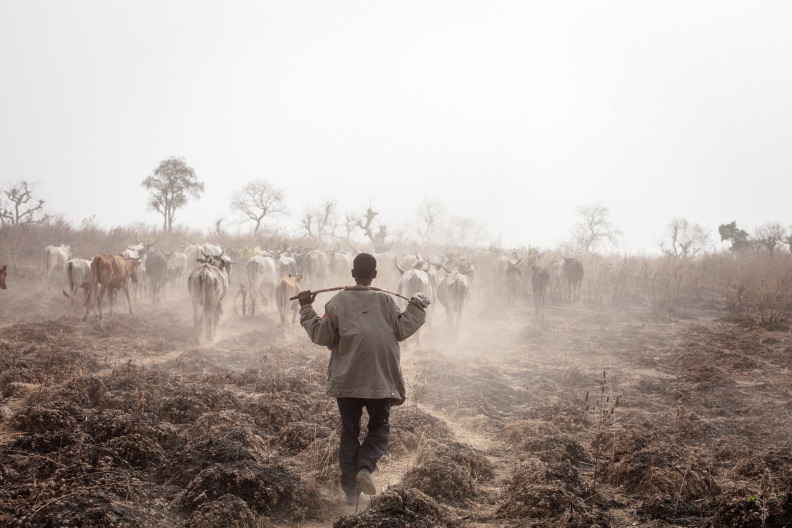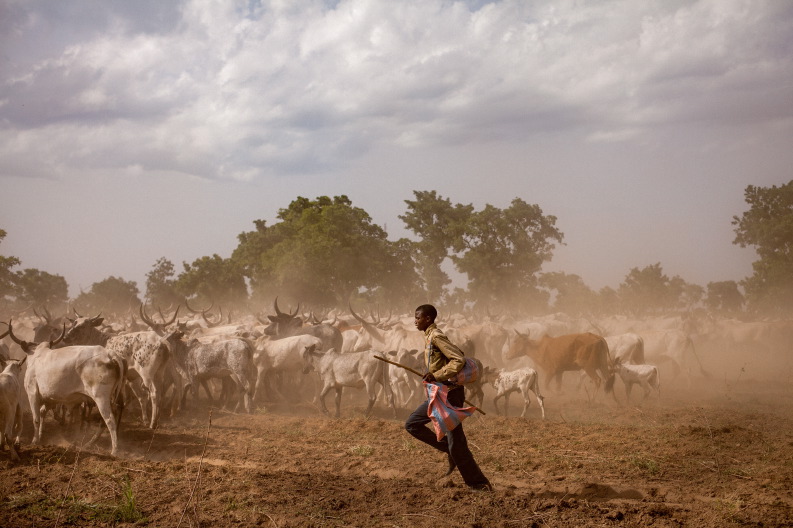During the participatory stakeholder workshops in Burkina Faso, Ethiopia and Tanzania, workshops cannot be hold in English. So in many countries we had to rely on translators. For example, the participants in Burkina Faso spoke French, Jula and More, but there was no common language to all, so we really had to juggle to make sure that we have everyone on board and no one gets excluded because of language barriers.
 |
| Set up of the week |
We have hired facilitators/reporters to work with smaller groups of participants, who speak the local language. It also means, that we had to trust the facilitators to do their job well, as we had little means to cross-check what is going on during the group discussions. For example, in Ethiopia the workshop was held in Tigrinay, which is spoken in Tigray but is not the national language, which in Amharic. So in Ethiopia even our national partner who helps us organize the workshop is not able to understand what is going on.
 |
| all documentation is on poster so that power cuts do not disturb the training |
A huge responsibility therefore weighs on the hired group facilitators/reporters. To make sure that they get the skill to do their job well, we implemented a two days training. The first day aimed at giving the facilitators the skills to "give everyone in their group to do the best of their thinking". This part of the training were based on
Sam Kaner's book and approach, and we mainly focused on active listening. On the second day, we when through a "dry run" of the workshop, to show facilitators/reporters what their job is, what we expect from them, and which results we would like to reach.
 |
| training active listening in Ethiopia |
During the workshop, facilitator/reporter were assigned to discussion groups in pairs, so that one can facilitate and the other take notes, as well as always being two in difficult situations.
 |
| drawing out techniques in French |
After the workshops, facilitators and reporters wrote a report about what was discussed and what has happened in their groups in English or in French. This is often our only way get access to the information that was shared in many different languages.
 |
| Training in Burkina Faso |
The facilitators/reporters did a fantastic job in all three countries : they had to learn new skills and understand their role in a very short time, handle difficult situation is their groups and remember to report everything with as many details as possible. They are key to our success and to the data we can collect.
 |
| facilitators at work in Burkina Faso |
Let me take this opportunity to thank the three teams in all 3 countries for their enthusiasms to take up a challenging task and the great job that they have done to support us.














